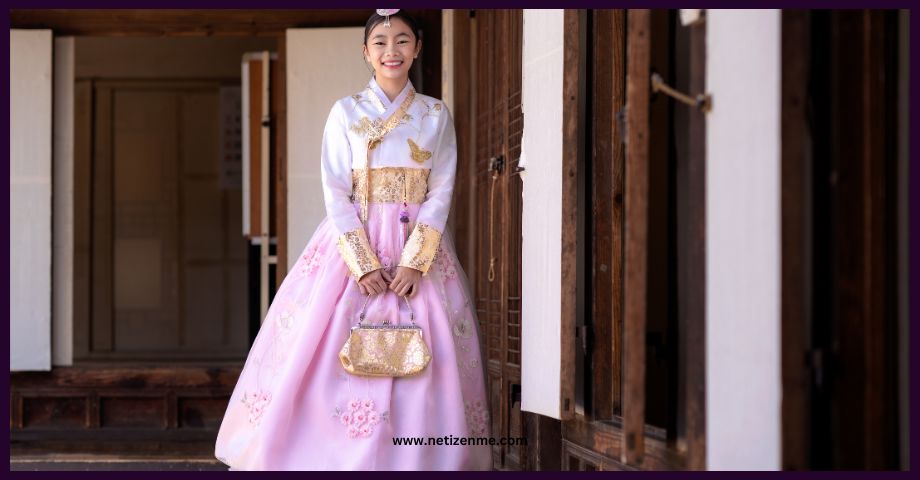cultural appropriation bts
Cultural appropriation is a complex and often misunderstood concept that has gained prominence in discussions on cultural respect and diversity. In this article, we will delve into the heart of cultural appropriation, offering a clear, simple, and accessible understanding of what it entails and, most importantly, how to avoid it.
Understanding Cultural Appropriation
Cultural appropriation occurs when elements of one culture are borrowed, imitated, or adopted by individuals or groups from another culture without proper understanding, respect, or permission. It can manifest in various forms, including fashion, language, art, and rituals.
The Harmful Impact
Cultural appropriation can perpetuate harmful stereotypes, undermine the significance of cultural practices, and contribute to the erasure of marginalized cultures. It is essential to recognize that cultural appropriation can perpetuate inequality and discrimination.
Recognizing the Difference
To avoid cultural appropriation, it is crucial to distinguish it from cultural appreciation. While appreciation involves respectful and informed engagement with culture, appropriation often lacks this essential understanding. The key difference lies in intent and respect.
Cultural appropriation and cultural appreciation are two concepts often discussed in conversations about intercultural interactions, but they represent fundamentally different approaches to engaging with diverse cultures.
Cultural Appropriation:
Cultural appropriation occurs when individuals or groups borrow elements from another culture without understanding or respecting their significance. It often involves taking these elements from their cultural context and using them inappropriately or superficially. Cultural appropriation can lead to the perpetuation of stereotypes, the erasure of the culture’s authenticity, and the undermining of its importance.
Key Characteristics of Cultural Appropriation:
- Lack of understanding: Appropriators may not fully grasp the cultural meaning or history behind the borrowed elements.
- Disregard for significance: Elements are often used frivolously or for aesthetics without recognizing their cultural importance.
- Power imbalance: Cultural appropriation frequently involves dominant groups adopting elements from marginalized cultures, contributing to the power dynamic imbalance.
Cultural Appreciation:
On the other hand, cultural appreciation involves a respectful and informed engagement with diverse cultures. It acknowledges the significance of cultural practices, symbols, attire, or traditions and seeks to understand and honor their history and meaning. Appreciation is characterized by genuine curiosity, respect, and the desire to learn from and about other cultures.
Key Characteristics of Cultural Appreciation:
- Education and understanding: Appreciators try to learn about the culture they’re engaging with, including its history, values, and traditions.
- Respect for significance: They understand and respect the cultural importance of the elements they encounter and use.
- Collaboration and sharing: Appreciation often involves mutual sharing and learning between individuals or groups from different cultures.
The distinction between cultural appropriation and cultural appreciation lies in intent and respect. Appropriation often stems from ignorance or insensitivity, while appreciation is rooted in a genuine desire to learn, understand, and honor the cultures engaged. It is essential to approach other cultures with humility, openness, and a willingness to embrace diversity in ways that enrich our understanding of the world without causing harm or offense.
Cultural Sensitivity in Practice
- Research and Learn: To avoid cultural appropriation, educate yourself about the culture you want to engage with. Read, listen, and learn from credible sources.
- Respect and Permission: Always respect the cultural significance of practices, symbols, or attire. Seek permission if necessary, and never use them frivolously.
- Avoid Stereotypes: Challenge stereotypes and misconceptions associated with a culture. Refrain from using elements that perpetuate these harmful narratives.
- Cultural Exchange: Engage in cultural exchange that is mutually beneficial and respectful. This involves a genuine and equitable sharing of cultures.
Cultural Appropriation in Popular Culture
Cultural appropriation, including music, fashion, and art, frequently occurs in popular culture. Artists and designers often draw inspiration from various cultures, which can lead to accusations of appropriation.
- Art and Music: Musicians and artists must be aware of the potential for appropriation in their work. Collaborate with cultural experts and give proper credit when necessary.
- Fashion Industry: Fashion designers should acknowledge the origin of their designs and avoid cultural misappropriation. Encourage diverse voices in the industry.
The Role of Social Media in Cultural Appropriation
In the age of social media, cultural appropriation incidents are often magnified. Awareness and activism have become more accessible. Social media platforms can be both a source of awareness and a space for accountability.
- Social Media as an Amplifier: Social media platforms are instrumental in raising awareness about cultural appropriation. They allow for open discussions and facilitate the sharing of diverse perspectives.
- Accountability: Social media also plays a significant role in holding individuals, brands, and public figures accountable for instances of cultural appropriation. Public backlash can lead to changes in behavior.
Cultural appropriation is a topic that demands our attention and understanding. We must prioritize respect, education, and informed engagement to avoid perpetuating harm and promote cultural sensitivity. In a world rich with diverse cultures, we must ensure that appreciation and not appropriation becomes our guiding principle.
By recognizing the difference between the two, respecting cultural significance, and engaging in equitable cultural exchange, we can navigate the complexities of cultural interaction with sensitivity and respect, avoiding the pitfalls of appropriation.
Cultural appropriation is not a fixed concept; it evolves with our understanding and awareness. Therefore, our commitment to cultural sensitivity should be an ongoing journey toward creating a more inclusive and respectful world for all.
cultural appropriation bts
cultural appropriation bts
This article is written by:
This article is written and edited by in-house writers and editors. Knowledge Netizen editorial team is committed to providing accurate and informative content. You can cite our articles under the author name "NetizenMe"





